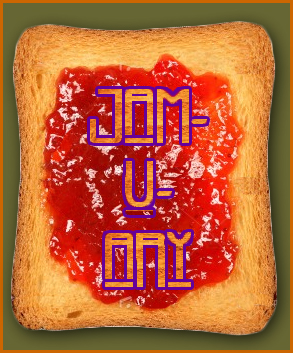Back in my younger days, it took me a long time to warm up to more traditional acoustic jazz, even after being hooked on Bitches Brew-era fusion. My problems centered around the ride cymbal-centered drumming common in pre-1969 jazz and the stiff formality of sequential soloing broken by arranged ensemble pieces. Of course these were pinhead impressions based on my very limited exposure to the wide variety of jazz available, but that’s how I saw things.
Pharoah Sanders, “The Creator Has a Master Plan”
Pharoah Sanders’ Karma changed all that. This large ensemble jam based on thematic material from Coltrane’s A Love Supreme, provided the gateway to stronger, more dangerous forms of jazz. It acclimated me to traditional jazz approaches to drumming and its acoustic instrumentation cured me of my adolescent aversion to non-electric jazz. Although featuring some loose arrangement details, such as the flute carrying the basic theme through long sections of Pharoah’s soloing, the epic magnitude of the piece, and the floating nature of the soloist versus the accompaniment, makes it a fine JAMuary candidate. Don’t miss the double double-basses; Lonnie Liston-Smith’s piano; and the thick broth of french horn, flute, and various drummers/percussionists. Finally, Leon Thomas’ vocal is the jazz vocal for folks that don’t like jazz vocals: a jammin’ bit of late-’60s ingenuousness sitting comfortably in the ensemble, extending and, in some sense, rectifying Coltrane’s singing on A Love Supreme.
The album consisted of two pieces, “The Creator Has a Master Plan” and “Colors.” The former, included here, originally spanned a side and a half with a transitional fade to get from side A to side B. When first purchased on CD, I was very disappointed to find that MCA had skipped the expense of revisiting the master tape to restore the continuous take. Fortunately, they corrected this transgression on this subsequent improved quality release.


